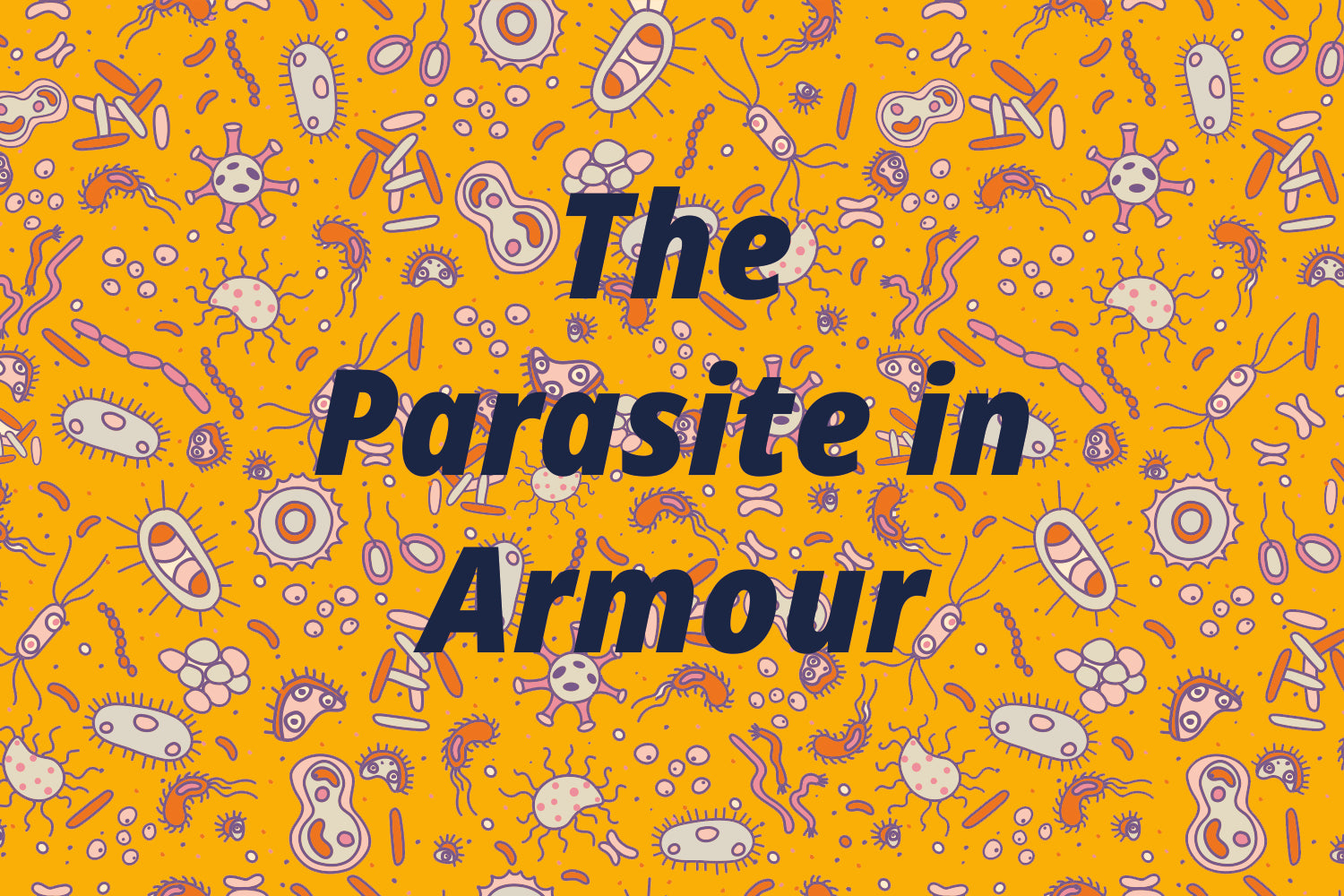We are very lucky in the UK to have the positive legacy of our Victorian forebears in many ways, from architecture to our rail network and of course our water treatment and sanitation.
It was our Victorian ancestors who, after realising the number of diseases (including several serious and life-threatening diseases) that are spread through drinking dirty water, undertook the monumental challenge of building our current sewerage and sanitation systems.
As part of our sanitation processes, chlorine is added to tap water.
The chlorine has some unpleasant effects when we drink it but is still added to water as it also has several benefits.
Chlorine is added to water because it kills germs. There is chlorine added to almost all the water we interact with outside of the natural world. Swimming pools and hot tubs have so much chlorine added to stop germs multiplying, the smell of the chemical is quite strong and might irritate sensitive skin and eyes, which is why some people must wear goggles to swim and why we usually wash swimming pool water off in a shower straight after bathing.
The chlorine in our tap water is the same stuff as added to swimming pools, but in a lower concentration; and it has a couple of key benefits related to its bacterial-killing abilities.
The benefits of chlorine in tap water are that it kills any stray germs remaining after the water is treated, and it also stops bacterial contamination from pipework as treated water travels from the treatment centre to our homes.
However, there are many water contaminants that chlorine has no effect upon. Chlorine won’t remove rust or sediment from water that travels through old or leaking pipes (when pipes leak, there is not only the worry that water will escape, but also that pathogens and pollution can enter the pipe). It also has zero effect on any heavy metals present (again this could be as a result of water travelling through older lead pipes, a not-so-great Victorian legacy); no impact on nitrate levels from farming pollution or asbestos levels (believe it or not, some older water pipes have in the past been made from asbestos). No impact on forever chemicals like Ibuprofen or the hormones increasingly found in our water from use of the birth control pill or hormone replacement therapy.
And although chlorine usually does a fantastic job at killing bacteria in water, there is even a strange sounding bacterium that it struggles to control.
THE ARMOURED GERM
Cryptosporidium, a tiny parasite with a big name, is frighteningly good at defending itself from the germ-killing effects of tap water treated with chlorine. To avoid being zapped by the chlorine in tap water, the larval spore of Crypto encases itself in a hard shell that protects it. Chlorine can’t breach the shell to get to the living parasite within, so it remains alive and well through the water treatment process.
Here’s how the CDC (the American Center for Disease Control) describes it: “There are many species of Cryptosporidium which infect humans. The parasite is protected by an outer shell that allows it to survive outside the body for long periods of time and makes it very tolerant to chlorine disinfection”.
Here’s the CDC again on some of the ways Crypto is spread:
“While this parasite can be spread in several different ways, water (drinking water and recreational water) is the most common way to spread the parasite. Cryptosporidium is a leading cause of waterborne disease among humans in the developed world”.
An article from the Journal of Biomedical Research states that most infection from Crypto has been attributed to contamination of drinking water.
THE INFECTION PROCESS
The tiny, invisible Crypto spore floats in the chlorinated water, protected in its armoured ‘shell’ and waits until it is swallowed by an unsuspecting human or animal. Then, once swallowed, digestive enzymes in the human or animal’s stomach dissolve the shell around the parasite – unwittingly releasing it to become free to infect its new host.
The parasite burrows into the wall of a small intestine and between two and ten days later, the infected person starts to get sick with a disease called Cryptosporidiosis.
Around 750,000 people get infected with Crypto spores every year. Fortunately, in healthy adults the disease is usually harmless in the long term, after some shorter-term unpleasant side effects.
Here’s how Healthline describes the symptoms of Cryptosporidiosis, the tell-tale symptoms of Crypto include:
- Frequent and watery diarrhoea
- Nausea
- Vomiting
- Stomach cramps
- Weight loss
- Fever
- A persistent cough
Symptoms generally begin within a week of exposure and can last up to a month. However, in one study published in BMC Public Health, some people had symptoms that persisted up to 36 months.
Once the parasite has infected a host, very few treatments are available, aside from relacing lost fluids, alleviating pain and just allowing the disease to run its course, which may be the reason some of the infections seem to drag on for such a long time. However, in those with underlying health conditions or the very young, Cryptosporidiosis can be a much more dangerous disease.
Healthline goes on to describe the potential for a more worrying level of disease in immunocompromised patients:
“With long-term symptoms, a person is at increased risk of weight loss, dehydration, and malnutrition. This can be particularly life-threatening in young babies and people with weakened immune systems, such as those who have HIV or who are undergoing chemotherapy”.
In 2018 the Lancet named Cryptosporidium as a leading cause of death in children under five, after collecting data that showed it killed more than 48,000 young children around the world in 2016.
PROTECTION FROM THE ARMOURED PARASITE
We know that the chlorine added to tap water doesn’t protect us from the Crypto parasite, so how can we ensure we are doing everything we can, to keep ourselves and our family safe from this infection?
Here again is the CDC on two reliable ways to kill cryptosporidium in drinking water. The first option requires boiling tap water, and there is often a boil water notice applied when water companies find Crypto in water:
“To kill or inactivate Crypto, bring your drinking water to a rolling boil for one minute (at elevations above 6,500 feet, boil for three minutes). Water should then be allowed to cool, stored in a clean sanitized container with a tight cover, and refrigerated”.
Or a second option that allows you to continue to drink water straight from a kitchen tap without the need to boil it:
“An alternative to boiling water is using a point-of-use filter. Not all home water filters remove Crypto. Filters that are designed to remove Crypto should have one of the following labels:
Tested and certified by NSF Standard 53 for cyst removal, or Tested and certified by NSF Standard 53 for cyst reduction”.
We at Doulton are proud to manufacture ceramic water filters accredited by the NSF to filter cysts including the pesky Cryptosporidium, safely from domestic drinking water. Fitting a Doulton water filter will allow free use of a kitchen tap without the need to boil water.






